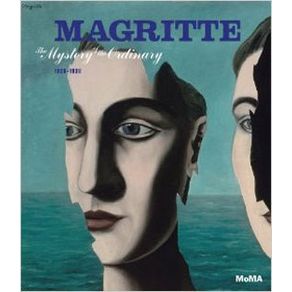Published in conjunction with a major exhibition organized by The Museum of Modern Art, New York, in collaboration with The Menil Collection, Houston, and The Art Institute of Chicago, Magritte: The Mystery of the Ordinary, 1926-1938 focuses on the breakthrough Surrealist years of René Magritte, creator of some of the twentieth century's most extraordinary images. Bringing together nearly 80 paintings, collages and objects with a selection of photographs, periodicals and early commercial work, it offers fresh insight into Magritte's identity as a modern artist and one of Surrealism's greatest painters. Beginning in 1926, when Magritte first aimed to create paintings that would, in his words, "challenge the real world," and concluding in 1938--a historically and biographically significant moment just before the outbreak of World War II--the publication traces central strategies and themes from this seminal period, particularly those of displacement, isolation, transformation, metamorphosis, the "misnaming" of objects and the representation of visions seen in half-waking states. The publication also includes an illustrated chronology outlining significant moments in the artist's life during this period, including travel, connections with other Surrealist artists and writers, contributions to journals and important exhibitions and reviews.



